Not only does this extreme weather cause discomfort, it also increases the risk of dangerous heat-related illnesses, especially heat exhaustion, heatstroke (commonly known as sunstroke) and heat stroke. Correctly identifying these conditions, understanding the symptoms and promptly treating them can help save lives and prevent serious consequences.
Heat exhaustion: the body's early warning
According to Dr. Nguyen Huy Hoang (Vietnam-Russia Hyperbaric Oxygen Center), heat exhaustion (also known as heatstroke) is a condition in which the body loses water and electrolytes after prolonged exposure to high temperatures, often occurring in people who have to do physical activities under the sun or in hot and humid environments. The body is still able to regulate its own temperature, but this system is gradually becoming overloaded.
Illustration |
People with heat exhaustion often have symptoms such as fatigue, dizziness, headache, nausea, heavy sweating, pale and clammy skin, rapid breathing, and a fast and weak heartbeat.
Cramping may occur, especially in the arms, legs or abdomen. Body temperature may rise slightly to around 38-40°C. While this condition is not immediately life-threatening, if not treated promptly, it can progress to heatstroke, a serious medical emergency.
Heatstroke (sunstroke): a medical emergency
Heat stroke occurs when body temperature rises suddenly (above 40°C) and the body completely loses its ability to cool itself. At this point, the central nervous system begins to be damaged, leading to disorders such as confusion, agitation, seizures or coma.
There are two common forms of heat stroke. The classic form usually occurs in the elderly, young children or people with underlying medical conditions when passively exposed to a hot environment for a long time. Meanwhile, exertional heat stroke usually occurs in young, healthy people when working or doing high-intensity physical activity in the sun.
Typical symptoms include very high body temperature, hot or dry skin, lack of sweating, impaired consciousness, slurred speech, disorientation, possible fainting, seizures or circulatory collapse. This is a critical condition that can cause brain damage, multiple organ failure or death if not cooled down promptly.
Heat Stroke: When Weather Promotes Stroke
The term “heat stroke” refers to a stroke that occurs or is aggravated by the effects of hot weather. Prolonged dehydration, increased blood viscosity, blood pressure and electrolyte disorders... are all factors that increase the risk of blood clots forming and causing cerebral vascular occlusion.
Unlike heat stroke, a stroke can occur even when the body temperature is normal. Typical symptoms include hemiplegia, mouth distortion, difficulty speaking, severe headache, loss of balance, and impaired consciousness. Early recognition using the FAST principle (Face - facial distortion, Arm - arm weakness, Speech - difficulty speaking, Time - call for emergency help immediately) is the key to saving the patient's life.
Proper first aid - the key to survival
For heat exhaustion, quickly move the patient to a cool place, loosen clothing, cool the body with a wet towel or fan, and give electrolytes if conscious. If the condition does not improve within 30-60 minutes, transfer immediately to a medical facility.
For heat stroke, the most important thing is to call 115 immediately. In the meantime, actively cool the patient by spraying cool water, fanning, and applying ice to the neck, armpits, and groin. If possible, immerse the body in cool water. Absolutely do not give water to drink if the patient is lethargic, has convulsions, or vomits.
For stroke, keep the patient still, with the head slightly elevated if conscious, and tilted to a safe angle if vomiting occurs. Do not give anything to eat or drink, do not give blood pressure or fever-reducing medication on your own, and call an ambulance immediately.
Proactively prevent and protect health in hot season
To minimize the risk of heat-related illnesses, according to Dr. Hoang, people need to proactively take preventive measures.
Drinking enough water every day, avoiding direct exposure to sunlight from 10am to 4pm, wearing light-colored, loose-fitting clothes, a wide-brimmed hat, sunglasses and using sunscreen are simple but effective measures.
The living environment should be cooled by fans, air conditioners or by opening windows in the early morning and late afternoon. Limit outdoor physical activities during extremely hot weather. In particular, do not leave children or the elderly in closed vehicles, even for a short time.
Elderly people, children and people with chronic diseases such as high blood pressure, diabetes, heart disease or obesity are particularly sensitive to high temperatures. These people should be reminded to drink water regularly, rest in cool places, and avoid going out during peak hours.
As climate change becomes more evident, extreme heat waves will continue and become more severe. Correctly distinguishing between conditions such as heat exhaustion, heat stroke and heatstroke, along with proper first aid and proactive prevention will help each person protect their health and the health of those around them.
If you experience any unusual signs related to heat such as loss of consciousness, weakness, difficulty speaking, severe headache, etc., call an ambulance immediately. Do not be complacent in the heat because a minute of delay can cost your life.
Source: https://baodautu.vn/cach-phan-biet-kiet-suc-soc-nhet-va-dot-quy-do-nang-nong-de-bao-ve-suc-khoe-d296167.html


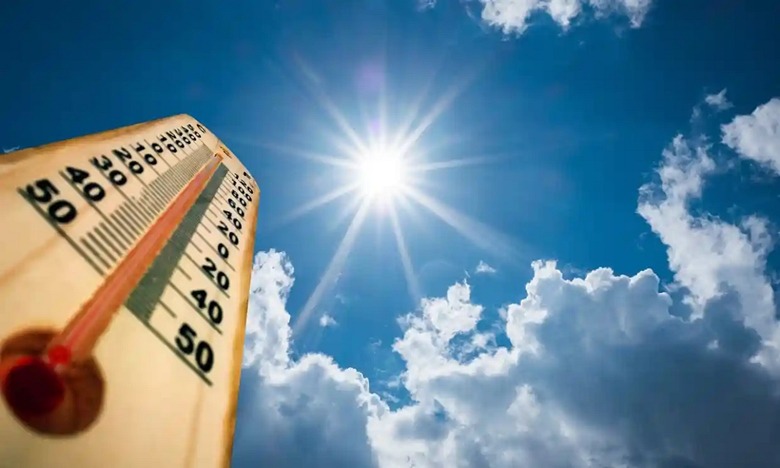






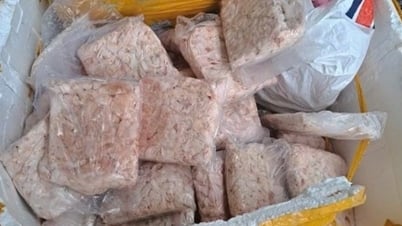

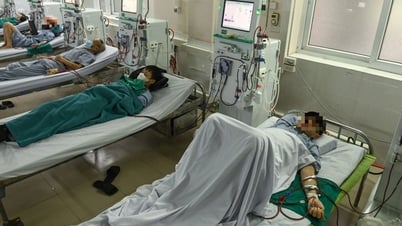



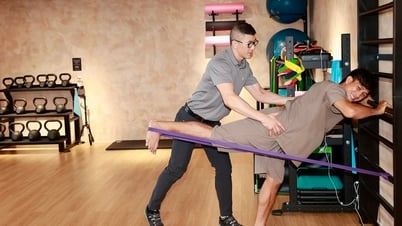













![[Photo] The 9th Congress of the Party Committee of the Office of the President, term 2025-2030](https://vphoto.vietnam.vn/thumb/1200x675/vietnam/resource/IMAGE/2025/6/20/78e7f27e8c4b4edc8859f09572409ad3)























![[Maritime News] Wan Hai Lines invests $150 million to buy 48,000 containers](https://vphoto.vietnam.vn/thumb/402x226/vietnam/resource/IMAGE/2025/6/20/c945a62aff624b4bb5c25e67e9bcc1cb)









































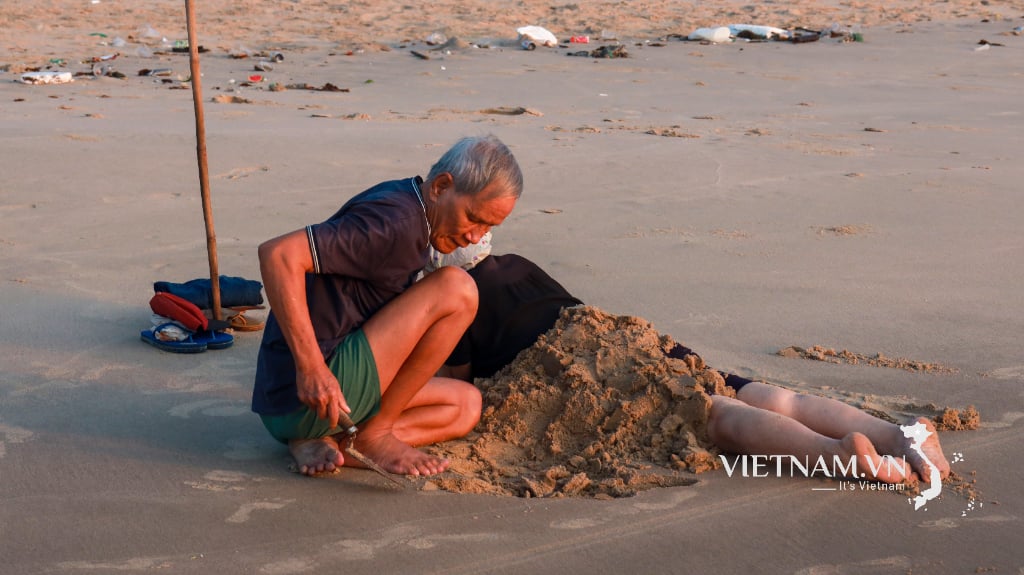



Comment (0)